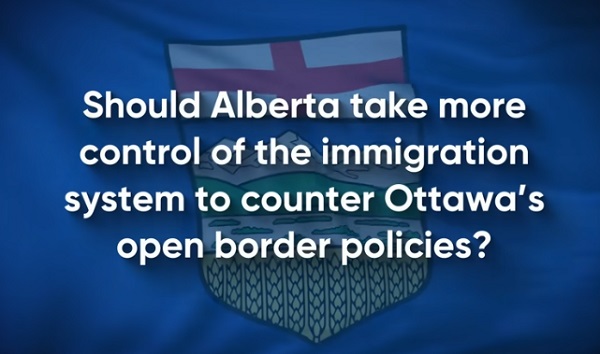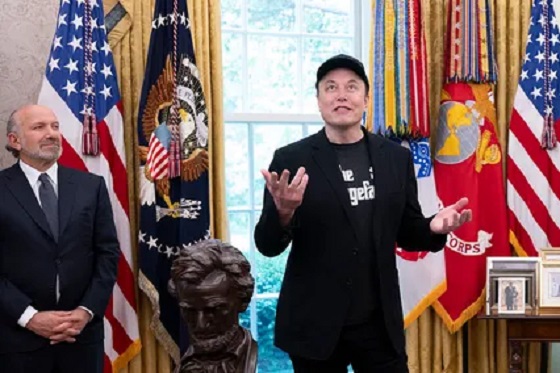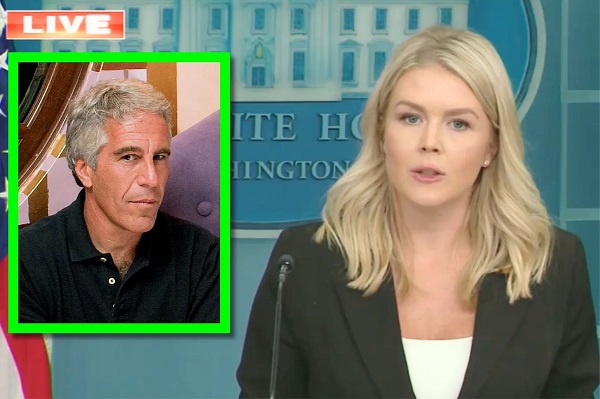International
Trump presents 10-point plan to dismantle and de-weaponize the ‘Deep State’
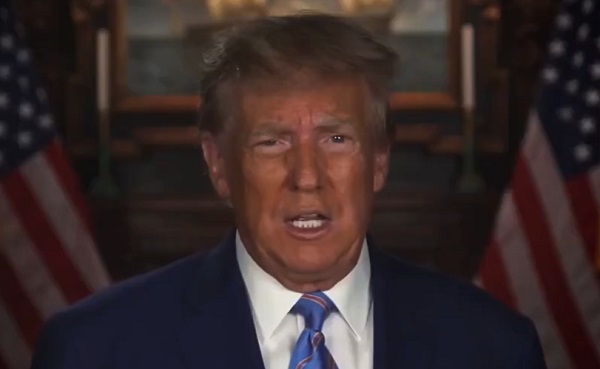
From LifeSiteNews
In a video presentation, President-elect Donald J. Trump issued a 10-point plan promising to radically dismantle and de-weaponize the “Deep State,” and send much of what is left “of the sprawling federal bureaucracy to new locations outside the Washington Swamp” to “places filled with patriots who love America.”
Trump’s announcement sent shockwaves of fear and anxiety throughout the nation’s capital.
As part of Trump’s plan, he promises to “clean out all of the corrupt actors in our national security and intelligence apparatus. The departments and agencies that have been weaponized will be completely overhauled, so that faceless bureaucrats will never again be able to target and persecute conservatives, Christians, or the left’s political enemies.”
He also proposes to expose the “abuses of power that have been tearing our country apart”; to “establish a ‘Truth and Reconciliation Commission’ to declassify and publish all documents on Deep State spying, censorship, and corruption”; and to “monitor our intelligence agencies to ensure they are not spying on our citizens or running disinformation campaigns against the American people.”
Once his new administration begins, Trump said he would “push a constitutional amendment to impose term limits on members of Congress.”
In President-elect Trump’s own words:
Here is my plan to dismantle the Deep State and reclaim our democracy from Washington corruption once and for all.
First, I will immediately reissue my 2020 executive order restoring the President’s authority to remove rogue bureaucrats, and I will wield that power very aggressively.
Second, we will clean out all of the corrupt actors in our national security and intelligence apparatus. The departments and agencies that have been weaponized will be completely overhauled, so that faceless bureaucrats will never again be able to target and persecute conservatives, Christians, or the left’s political enemies.
Third, we will totally reform FISA courts which are so corrupt that the judges seemingly do not care when they’re lied to in warrant applications.”
Fourth, to expose the hoaxes and abuses of power that have been tearing our country apart. We will establish a ‘Truth and Reconciliation Commission’ to declassify and publish all documents on Deep State spying, censorship, and corruption.
Fifth, we will launch a major crackdown on government leakers who collude with the fake news to deliberately weave false narratives and to subvert our government and our democracy. When possible, we will press criminal charges.
Sixth: We will make every Inspector General’s office independent and physically separated from the departments they oversee so they do not become the protectors of the Deep State.”
Seventh, I will ask Congress to establish an independent auditing system to continually monitor our intelligence agencies to ensure they are not spying on our citizens or running disinformation campaigns against the American people, or that they are not spying on someone’s campaign like they spied on my campaign.”
Eighth, we will continue the effort launched by the Trump administration to move parts of the sprawling federal bureaucracy to new locations outside the Washington Swamp. Just as I moved the Bureau of Land Management to Colorado, as many as one hundred thousand government positions could be moved out — immediately — to places filled with patriots who love America.
Ninth: I will work to ban federal bureaucrats from taking jobs at the companies they deal with and that they regulate.”
Finally, I will push a constitutional amendment to impose term limits on members of Congress.”
This is how I will shatter the Deep State and restore government that is controlled by the people and for the people.
illegal immigration
ICE raids California pot farm, uncovers illegal aliens and child labor

Quick Hit:
ICE raided a California cannabis farm Thursday suspected of employing illegal immigrants, uncovering 10 underage workers — including 8 unaccompanied minors. The operation sparked protests, but federal officials defended the action as a necessary crackdown on illegal labor and child exploitation.
Key Details:
- ICE agents executed a lawful raid at Glass House Farms in Camarillo, targeting illegal immigrant laborers employed at the state-licensed cannabis operation.
- Ten underage illegal immigrants were found working at the site — eight of them unaccompanied minors — prompting a federal investigation into potential child labor violations.
- Protesters attempted to interfere with the operation and were dispersed by federal agents using crowd control measures; multiple arrests and injuries were reported.
🚨BREAKING: ICE just swarmed Ventura County fields, hauling away the very farm workers who keep America’s produce aisles stocked.
We’re arresting assets; treating the backbone of our food chain like a threat. That’s not “border security.” That’s self-sabotage in uniform. pic.twitter.com/GgZvnXbVsd
— Brian Allen (@allenanalysis) July 10, 2025
Diving Deeper:
Federal immigration agents executed a large-scale raid Thursday at a cannabis farm in Camarillo, California, targeting illegal immigrant laborers and uncovering possible child labor violations. The operation, led by Immigration and Customs Enforcement (ICE), took place at Glass House Farms, a state-licensed marijuana facility that remains illegal under federal law.
Dozens of agents stormed the property with a federal warrant, encountering resistance from left-wing protesters who attempted to disrupt the operation. Agents responded with tear gas and smoke devices, and helicopters were deployed to ensure no suspects could flee or hide in nearby fields. Authorities later confirmed that 10 minors were working at the facility—eight of whom were unaccompanied illegal aliens.
Despite clear evidence of immigration and labor violations, California Democrats rushed to attack the enforcement action. Governor Gavin Newsom lashed out on social media, posting video of people running from the scene. Rep. Salud Carbajal called the raid “deplorable,” complaining about the use of tactical gear.
Customs and Border Protection Commissioner Rodney Scott pushed back, calling out Newsom directly. “Here’s some breaking news: 10 juveniles were found at this marijuana facility – all illegal aliens, 8 of them unaccompanied,” he posted on X. “It’s now under investigation for child labor violations.”
While California officials cried foul, ICE defended the operation as necessary and lawful. The raid is part of a broader push under President Trump to enforce federal immigration laws and shut down operations that exploit illegal labor to undercut American workers.
The clash in Camarillo follows similar enforcement actions earlier this week in Los Angeles, where ICE also faced hostility from local officials. Nonetheless, the Trump administration appears undeterred, making clear that sanctuary policies will not shield illegal activity from federal scrutiny.
Crime
‘We’re Going To Lose’: Steve Bannon Warns Withholding Epstein Files Would Doom GOP


From the Daily Caller News Foundation
By Jason Cohen
Former White House adviser Steve Bannon warned on Friday that Republicans would suffer major losses if President Donald Trump’s administration does not move to release documents related to deceased pedophile Jeffrey Epstein’s crimes and associations.
Axios reported on Sunday that a two-page memo showed the Department Of Justice (DOJ) and FBI found no evidence Epstein kept a “client list” or was murdered, but public doubts have continued. Bannon said on “Bannon’s War Room” that failure to release information would lead to the dissipation of one-tenth of the Make America Great Again (MAGA) movement and significant losses for the Republican Party in the 2026 midterms and the 2028 presidential election.
Dear Readers:
As a nonprofit, we are dependent on the generosity of our readers.
Please consider making a small donation of any amount here.
Thank you!
“It’s not about just a pedophile ring and all that, it’s about who governs us, right? And that’s why it’s not going to go away … For this to go away, you’re going to lose 10% of the MAGA movement,” Bannon said. “If we lose 10% of the MAGA movement right now, we’re going to lose 40 seats in ’26, we’re going to lose the [presidency]. They don’t even have to steal it, which they’re going to try to do in ’28, because they’re going to sit there and they go, ‘They’ve disheartened the hardest-core populist nationalists’ — that’s always been who governs us.”
Bannon also demanded the publication of all the Epstein documents on “Bannon’s War Room” Thursday. He called on the DOJ to go to court and push for the release of the documents or for Trump to appoint a special counsel to manage the publication.
Epstein was arrested in 2019 and charged with sex trafficking. Shortly after, he was found dead in his New York Metropolitan Correctional Center cell shortly after. Officials asserted that he hanged himself in his cell.
However, Epstein’s death has sparked years of theories because of the malfunctioning of prison cameras, along with guards admitting to falsifying documents about checking on the then-inmate. The DOJ inspector general later confirmed that multiple surveillance cameras outside of his cell were inoperable, while others captured the common area outside his door.
Both Bannon and Daily Caller News Foundation co-founder Tucker Carlson have speculated that Epstein had connections to intelligence agencies.
Former Labor Secretary Alex Acosta allegedly indicated that Epstein was tied to intelligence, according to Vicky Ward in The Daily Beast.
-

 Addictions2 days ago
Addictions2 days agoCan addiction be predicted—and prevented?
-

 Addictions2 days ago
Addictions2 days agoMore young men want to restrict pornography: survey
-
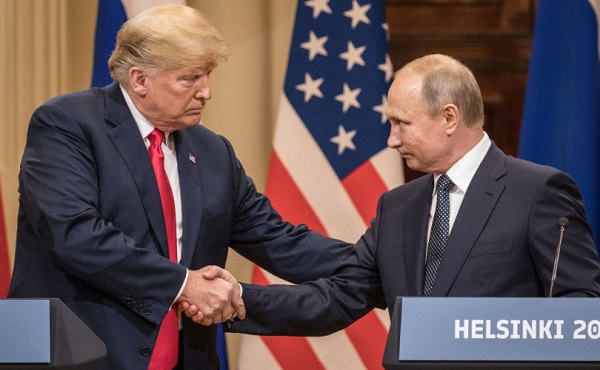
 International2 days ago
International2 days agoSupport for the Ukraine war continues because no one elected is actually in charge.
-
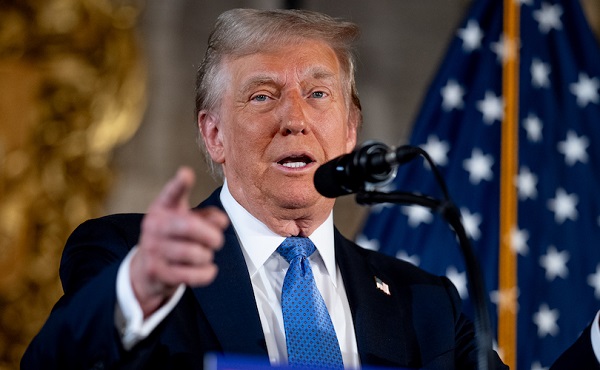
 Business2 days ago
Business2 days agoTrump slaps Brazil with tariffs over social media censorship
-

 National2 days ago
National2 days agoHow Long Will Mark Carney’s Post-Election Honeymoon Last? – Michelle Rempel Garner
-
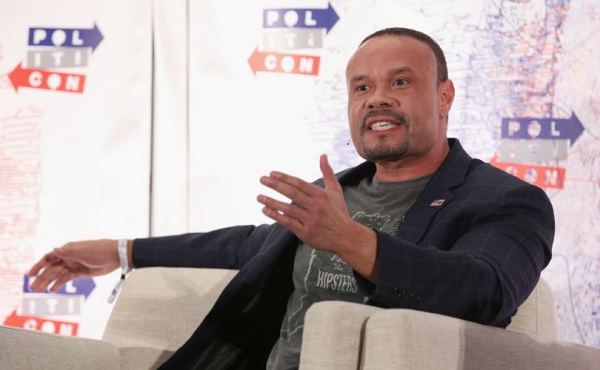
 espionage1 day ago
espionage1 day agoFBI’s Dan Bongino may resign after dispute about Epstein files with Pam Bondi
-

 Business2 days ago
Business2 days agoCBC six-figure salaries soar
-

 Brownstone Institute2 days ago
Brownstone Institute2 days agoNet Zero: The Mystery of the Falling Fertility
